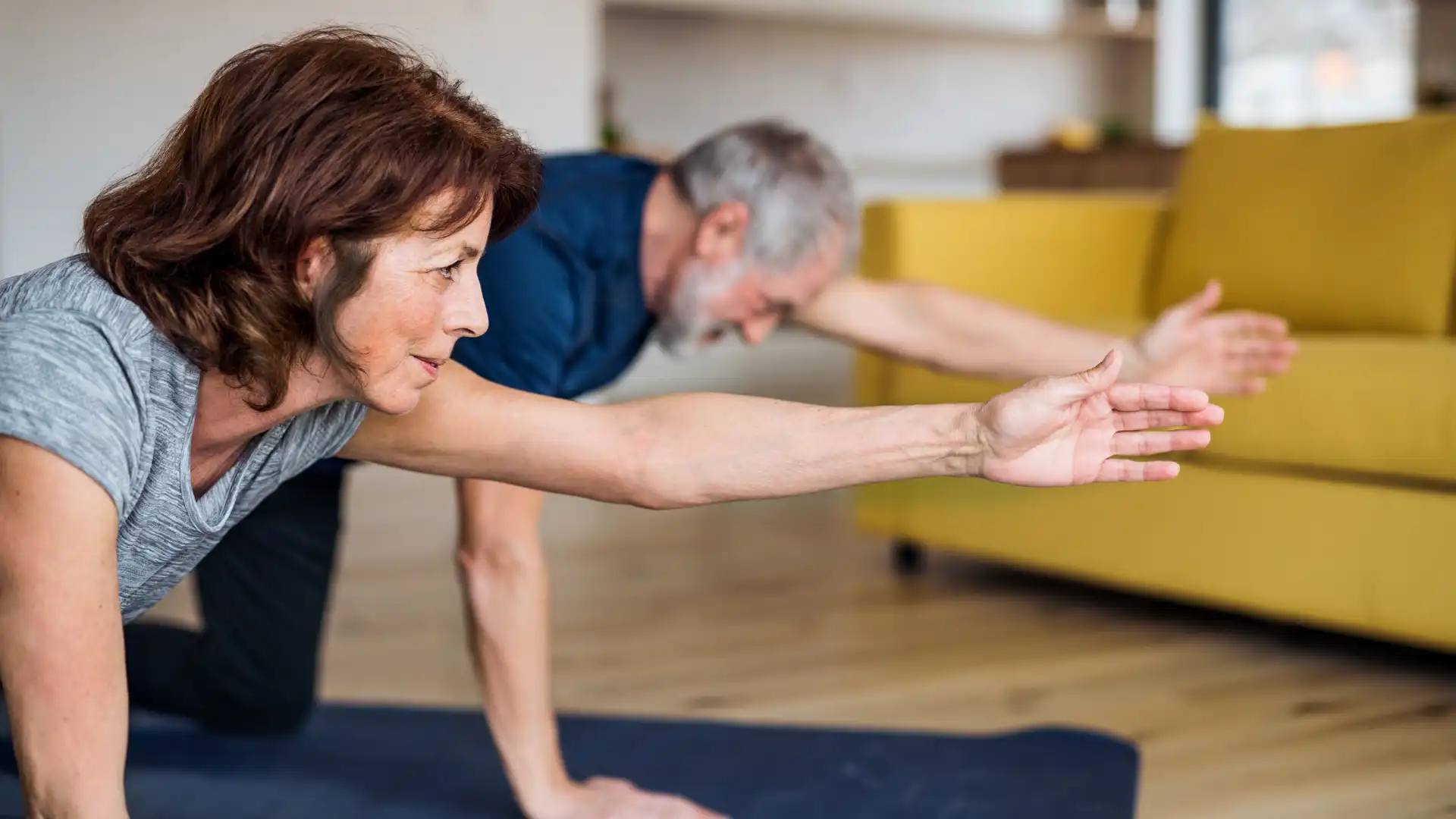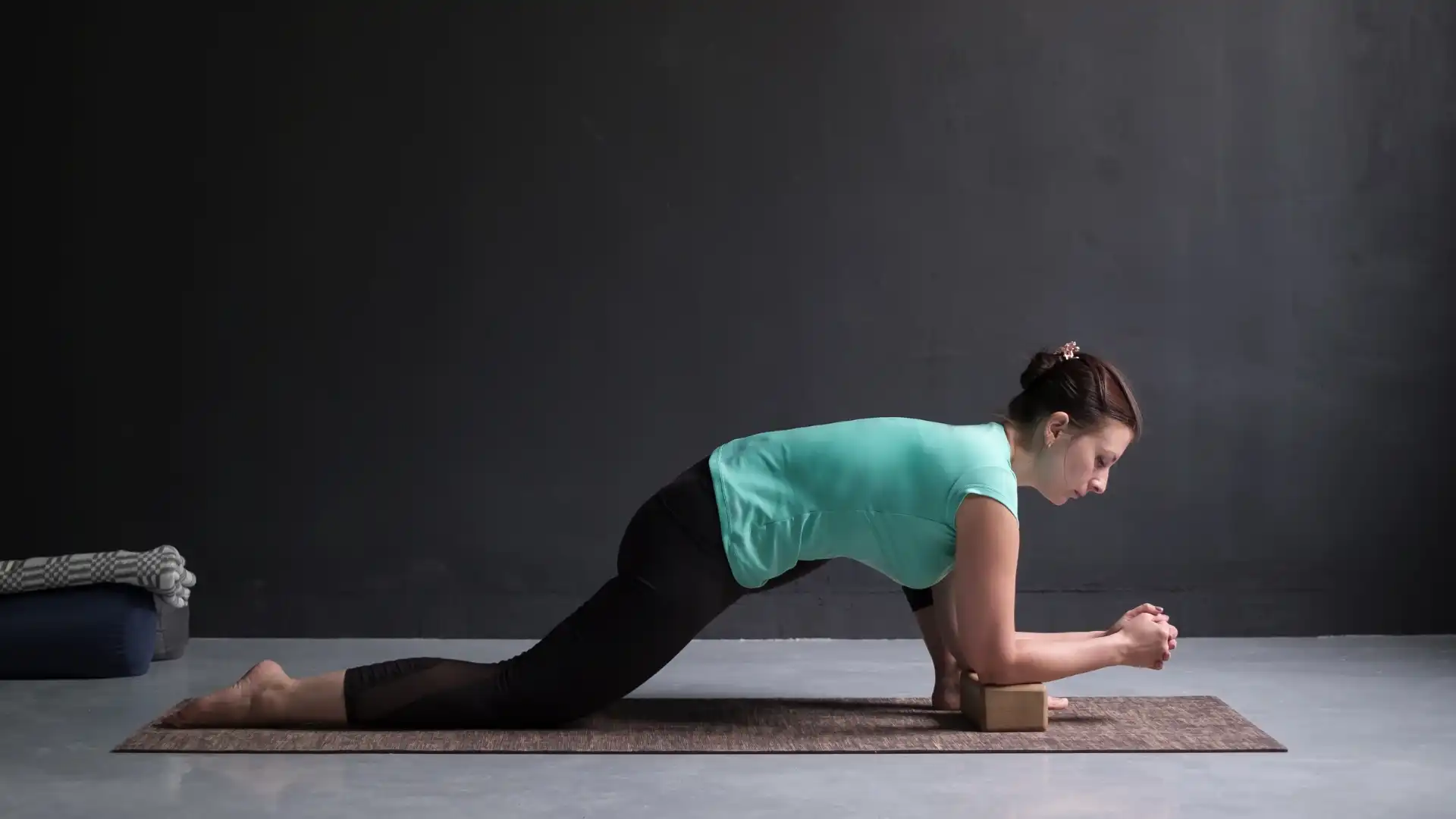4 Yoga Resolutions to Enrich Your Practice

Do you make New Year’s resolutions? Do most Americans go through this traditional ritual? And how successful are we at keeping our resolutions? According to a poll from inc.com, 60 percent of Americans claim they make resolutions. The same poll states that 8 percent of Americans actually stick to their resolutions.
Those don’t seem like great odds. Still, the new year seems like an appropriate time to assess where you’ve been and how you’d like to steer your life. I think the trick is to make resolutions that you have a chance of keeping. You’ll have a better chance of keeping your resolutions if you first figure out how you can fit them into your life. Keep it simple. Start with one, the one that most inspires you. See where that goes before you attempt any more. Practicing one heartfelt resolution is truly a lot!
I like to think of yoga practice—including meditation—as my time to check-in and practice who I want to be for the rest of my life. It’s the time when I give myself permission not only to replenish my energies but to see where my body and mind are in integrity and where they are not. Here are a few of the intentions I’ve practiced with for years that have transformed my life on many levels.

4 Yoga Resolutions
- Stop judging your practice according to what others are doing or what you used to do or what you think is “advanced” practice. This won’t be easy. I think the greatest challenge in Western yoga practice is to get over the deeply ingrained idea that asana practice is about achieving “perfect” or fancy poses. Even when our intellects know it’s not about competition, the roots of comparing bore deep into our beings. Often we don’t have a clue that we’re competing and comparing; it just happens automatically. Here’s the thing: our bodies are genetically unique. Once we make our entrances into the world, the countless inputs we experience every moment contribute to shaping who we are. How can you possibly compare your practice to anyone else’s? Please give yourself a break. This is a real-world ahimsa practice. It starts with you.
- Resolve to respect your body. Asana is not about conquering your body or forcing it into poses it is not designed to do. And even if you can make your body can perform Eka Pada Rajakapotasana (One-Legged King Pigeon Pose) or some of the other fancy poses, you might find as time passes that it wasn’t such a great idea. Just because you can do something doesn’t mean you should. Here’s another real-life ahimsa (non-harming) practice: Think of your practice as a partnership with your body, something that mind and body explore together in friendship.
- Meet your body where it is each day. Take a moment at the beginning of each practice to sit, stand or lie down and check-in. What’s the character of your energy? Is it quick, sluggish, heavy, light, agitated, calm, hot, cold or something else? Twenty-some years ago I had the privilege of studying for about six months with Richard Freeman, a teacher I respect implicitly. But I found that if I was honest with myself and respectful of my body, I just couldn’t do Ashtanga practice every day. In fact, most days my body craved something slower, quieter, less agitating. If I felt sluggish or heavy, I’d do Ashtanga to raise my energies a bit. If I felt agitated already, Ashtanga would only aggravate it. So I learned to meet my body, and partner with it so that each day’s practice produced sattvic results. When you practice this way, you are also practicing Satya (truthfulness).
- Be present. Recognize that every practice, every pose, every moment is a new moment. No matter how many times you’ve done Adho Mukha Svanasana (Downward Facing Dog Pose), today is the first time you’ve done this particular Dog Pose at this moment. It will never be the same as the one you did two weeks ago. That one is gone. This one, here in this moment, is really the only one that exists. Wishing for the past or hoping for a “better” pose somewhere in the future only serves to obscure the experience of the pose you’re in. We miss a whole lot of everyday magic when we think that where we are is not good enough.
These are just a few of the intentions I’ve set for practice that have reaped the richest rewards for me, not only in my asana practice but in the rest of my life. If one of these resolutions resonates with you, take it and run with it. If not, think about what yoga resolutions you might want to make.
Also, read...
Stand Firm: 6 Easy Balancing Moves for Your Daily Yoga Routine
The Many Benefits of Twists: 5 Great Yoga Postures for Low Back Health
Desk-Friendly Yoga Neck and Shoulder Stretches
Related courses

Charlotte Bell began practicing yoga in 1982 and began teaching in 1986. She was certified by B.K.S. Iyengar in 1989 following a trip to Pune. In 1986, she began practicing Insight Meditation with her mentors Pujari and Abhilasha Keays. Her asana classes blend mindfulness with physical movement. Charlotte writes a column for Catalyst Magazine and serves as editor for Yoga U Online. She is the author of two books: Mindful Yoga, Mindful Life, and Yoga for Meditators, both published by Rodmell Press. She also edits Hugger Mugger Yoga Products’ blog and is a founding board member for GreenTREE Yoga, a non-profit that brings yoga to underserved populations. A lifelong musician, she plays oboe and English horn in the Salt Lake Symphony and the folk sextet Red Rock Rondo whose 2010 PBS music special won two Emmys.




